When you're buying a full face snorkel mask, it's important to choose one that's safe and comfortable. These masks are different from traditional snorkel gear because they cover your whole face and let you breathe more naturally. This blog will show you what to look for in the mask's design, safety features, and fit to help you make a good choice.
Full Face Snorkel Masks: Everything You Need to Know
Full face snorkel masks combine several vital components to create a safe, easy-to-use piece of snorkeling gear. The G2RISE SN01 mask showcases the essential design elements found in high-quality full face masks, with each part serving a specific purpose in keeping you comfortable and protected underwater.
Key Components
A full face snorkel mask consists of five essential parts that create a safe and effective snorkeling system:
1. 180° Viewing Panel
The wide, curved viewing panel gives you clear visibility underwater. Made from high-quality shatterproof materials, this panel covers your entire face and provides an unobstructed panoramic view of your surroundings.

2. Detachable Action Camera Mount
Located at the top of the mask, this mount lets you attach a camera to record your underwater adventures. The detachable design means you can easily remove it when not needed.
3. Snorkel Tube
The snorkel tube sits at the top of the mask. It's designed to stay above water while you swim, bringing fresh air into the breathing chamber. The tube's position and shape help prevent water from entering the mask.
4. Drain Valve
Located at the bottom of the mask, the drain valve quickly removes any water that might enter. It works automatically when you lift your head above water or tilt forward, keeping the breathing area dry.
5. Adjustable Strap
The mask uses a comfortable strap system with easy adjustments to fit different head sizes. The design, shown in blue in the image, spreads pressure evenly around your head for a secure and comfortable fit.
How It Functions
The components work together through three main systems that make snorkeling safer and more enjoyable.
1. Air Flow System
Fresh air enters through the snorkel tube and circulates through the mask. When you exhale, the air exits through special channels, preventing CO2 buildup.
2. Water Management
If water enters the mask, the drain valve at the chin area quickly removes it. The mask's face seal creates a reliable barrier against water while maintaining comfort.
3. Anti-Fog Design
The mask's separate breathing chamber and viewing area prevent your breath from fogging the viewing panel. This separation ensures clear visibility throughout your swim.

What to Look for When Buying a Full Face Snorkel Mask
When comparing different full face snorkel masks, certain technical features determine their performance and value. Here's what to look for in each critical area.
Lens Features That Matter
Modern masks offer choices between standard curved designs and newer hybrid shapes that minimize distortion. Premium models often include multi-layer lens construction that enhances clarity and strength.
Check for certifications on impact resistance and optical clarity. The best lenses meet EN 1836 standards for optical quality and carry UV protection ratings. Their outer surfaces should have scratch-resistant coatings.
Look for masks with multiple anti-fog features. Advanced models combine chemical treatments with physical design elements like air channels and thermal barriers to prevent fogging. Check if the anti-fog coating is permanent or needs regular reapplication.

Breathing Features for Safety
Quality masks specify their air exchange rates and breathing resistance levels. Better systems maintain consistent airflow even during heavy breathing or mild exertion.
Check how the mask minimizes "dead space" - the area where exhaled air can collect. Superior designs use specialized chambers and airflow patterns to prevent CO2 accumulation.
High-end masks feature multi-stage valve systems that respond to different breathing patterns. Look for valves with backup mechanisms and emergency purge capabilities.
Comfort and Fit Options
Advanced masks use variable-density silicone - firmer sections for structure, softer areas for comfort. The seal design should include overflow channels that direct any leaking water away from your eyes and nose.
Quality masks map facial pressure points and design their structure to spread force evenly. Look for models that specify their pressure distribution patterns and maximum recommended usage time.
Beyond basic sizes, better masks offer adjustable nose bridges, changeable face cushions, or modular components to fine-tune the fit. Some manufacturers provide detailed sizing guides with face measurements.
G2RISE Kids Snorkel Mask Full Face Snorkel Set-SN03 Black-Pink
Safety Features to Check in Full Face Snorkel Masks
All full face snorkel masks need proper safety features and certifications to keep you safe while snorkeling.
Quick-Release Design
The mask should have an easy-to-use release system. A simple pull on the marked release tab should remove the mask quickly. You should be able to find and use this release easily, even in choppy water or low light.
Water Protection
Good masks have reliable water drainage systems. The main drain valve removes water fast when you surface or tilt your head. Separate drainage paths keep water away from your breathing area. These features help you stay calm and breathe normally if water gets in.
Extra Breathing Features
Safe masks give you different ways to breathe if needed. You might need to adjust your breathing at different depths or switch to normal snorkel breathing. The mask should have a separate space near your nose and an optional mouthpiece for these situations.
Safety Standards
Good masks pass several safety tests. Look for masks with EN 1972 certification for snorkeling gear and CE marking for general safety. ISO 13485 shows the mask is made with consistent quality. These certifications mean the mask has been tested properly.
How to Choose the Right Size Full Face Snorkel Mask
A proper mask size creates a secure seal and prevents leaks. The G2RISE SN01 mask comes in four specific sizes to fit different face shapes. To find your size, measure from your nose bridge straight down to your chin.

Mask Sizes Available
The G2RISE SN01 offers these size options:
- L/XL: 13 cm (5.2 inches)
- S/M: 11.5 cm (4.5 inches)
- XS: 10 cm (3.9 inches)
- Kids: 8.5 cm (3.35 inches)
Note: L/XL and S/M masks share the same outer dimensions but have different inner silicone seal sizes.
How to Measure
- Move hair away from your forehead. Men should shave facial hair to prevent leaks
- Position the mask and adjust it to align the V-shaped silicone with your face
- Pull the straps evenly on both sides until the silicone seals firmly
- Check for gaps around your chin
- Install the snorkel tube, secure its buckle, and close the lid
Common Fit Issues
Several problems can prevent a good seal:
- Gaps near the chin mean the mask is too loose or wrong size
- Hair caught under the seal will cause leaks
- Uneven strap tension creates gaps on one side
- Facial hair prevents proper sealing
When fitted correctly, the mask should seal completely without pressure points. If you feel discomfort or notice leaks, try adjusting the straps or consider a different size.
Best Ways to Use Your Full Face Snorkel Mask
A full face snorkel mask works best for certain water activities and conditions. Knowing these limits helps you use your mask safely and effectively.
1. Safe Water Activities
Full face masks are perfect for relaxed surface snorkeling and watching marine life from above. They work well for casual swimming in pools and light exercise in shallow water. However, these masks are not designed for deep diving or intense water sports. Keep your activities gentle and stay near the surface for the best experience.
2. Proper Swimming Depth
Your snorkel mask performs best in water between 3-6 feet deep where you can easily float on the surface. Never go deeper than 10 feet, as these masks aren't made for deep diving. Always stay close enough to the surface that you can lift your head out of the water quickly if needed.
3. Ideal Water Conditions
Choose calm, clear waters for the safest snorkeling experience. Strong waves or currents can make it difficult to use your mask safely. The water should be clear enough that you can see several feet ahead. Avoid busy areas with boat traffic or lots of swimmers that might bump into you.
4. Suitable Weather Conditions
Snorkel in good weather conditions with clear skies and gentle winds. The water should be warm enough - generally above 65°F (18°C) - for comfortable swimming. Good visibility is essential for both safety and enjoyment. If conditions worsen while you're in the water, end your session and wait for better weather.

Pick Your Perfect Full Face Snorkel Mask Today!
A full face snorkel mask can make your snorkeling experience more enjoyable when you choose and use it correctly. Focus on finding a mask with good safety features, proper size, and reliable build quality. The G2RISE SN01 offers different sizes to fit most faces, along with essential safety features like quick-release straps and effective drainage valves. You can use your mask in suitable conditions - calm, clear water no deeper than 10 feet, and good weather. With the right mask and proper use, you'll be ready for safe and comfortable snorkeling adventures.
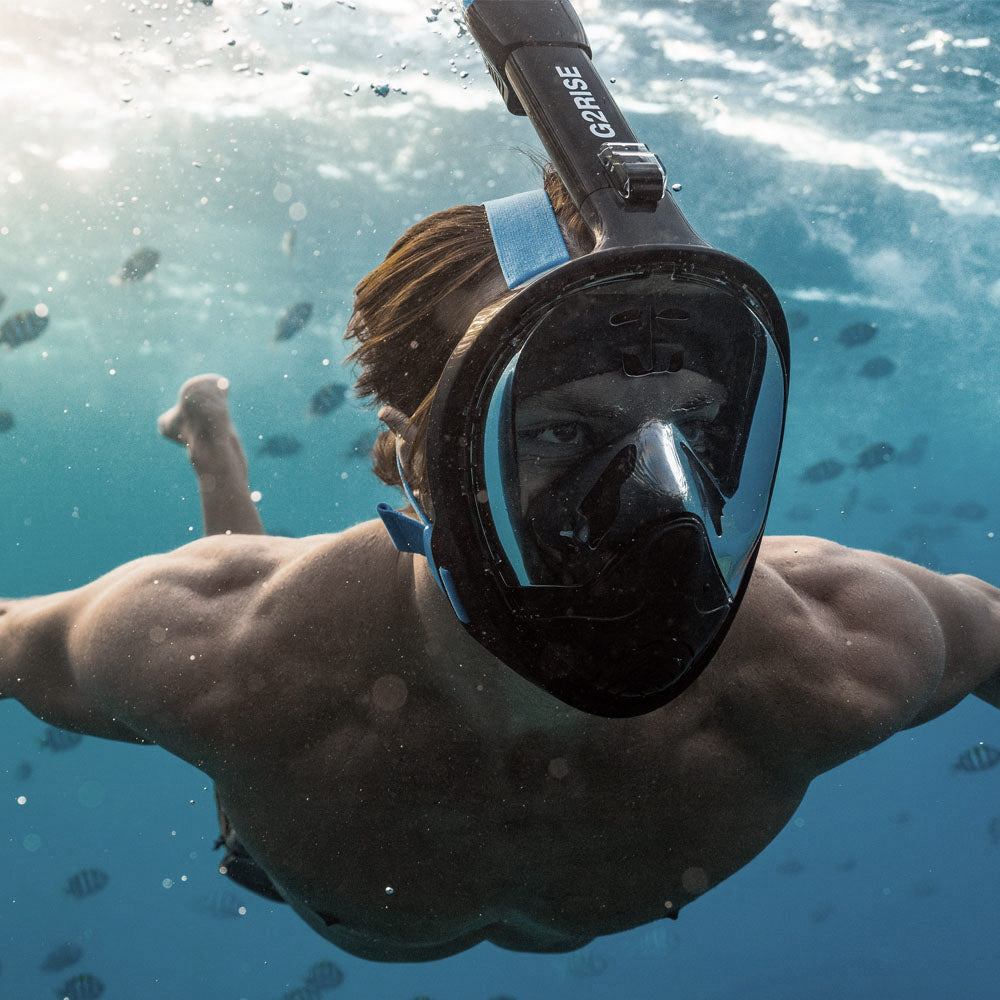
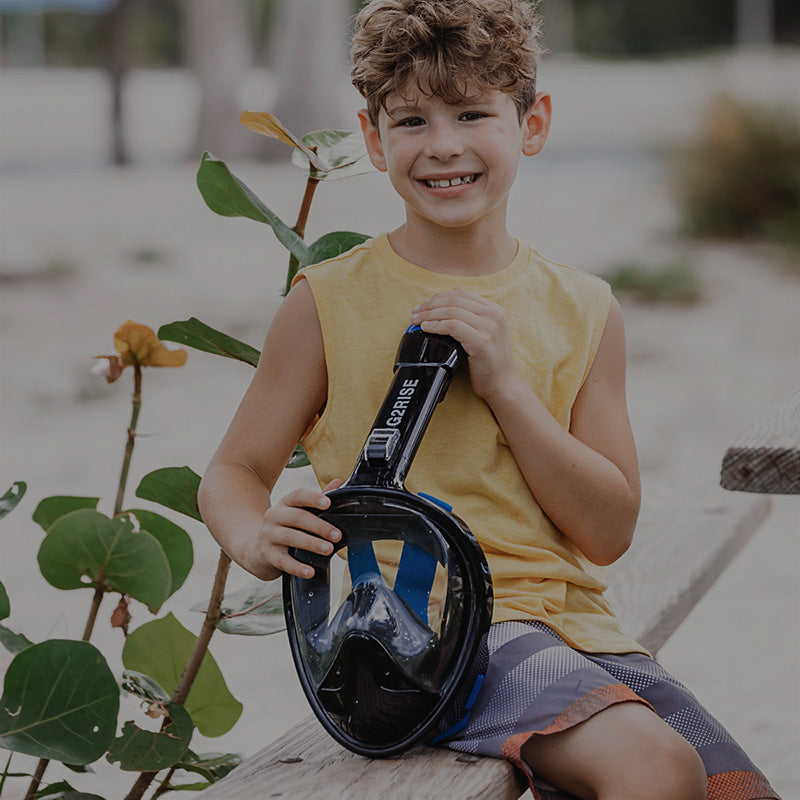

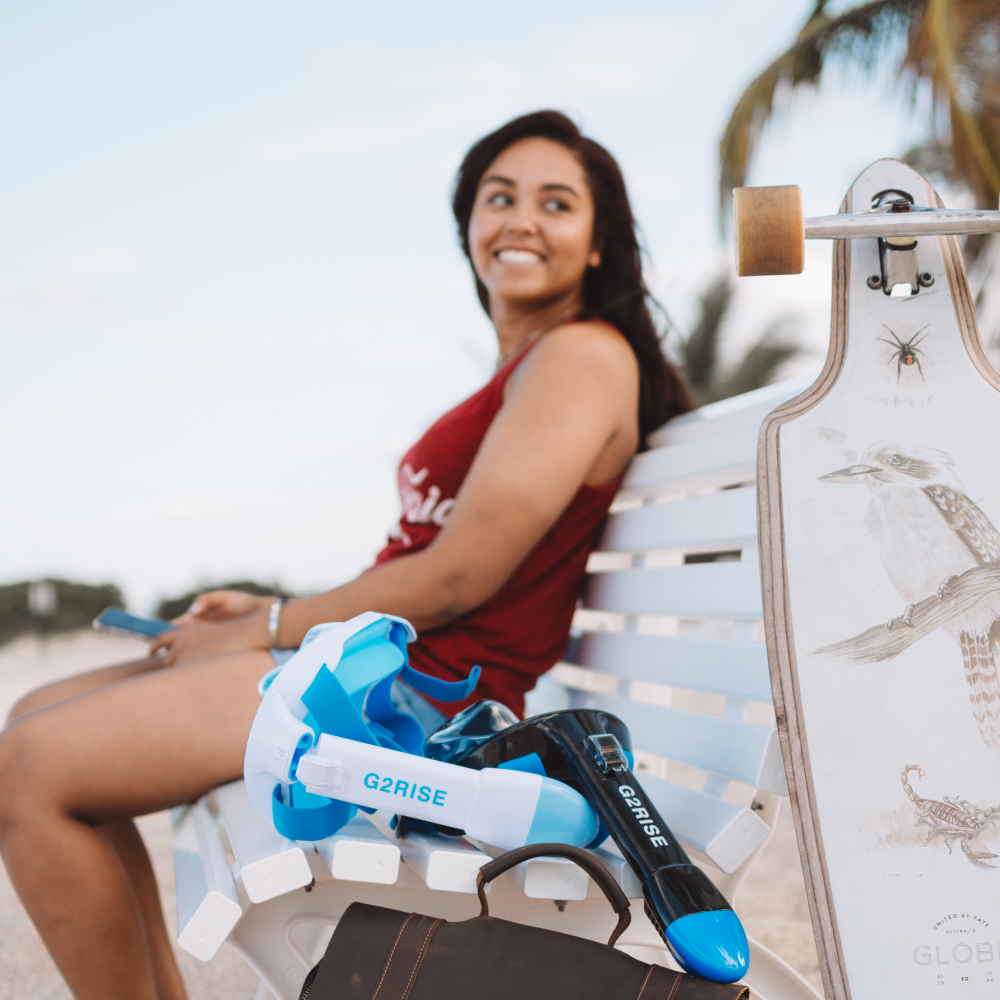
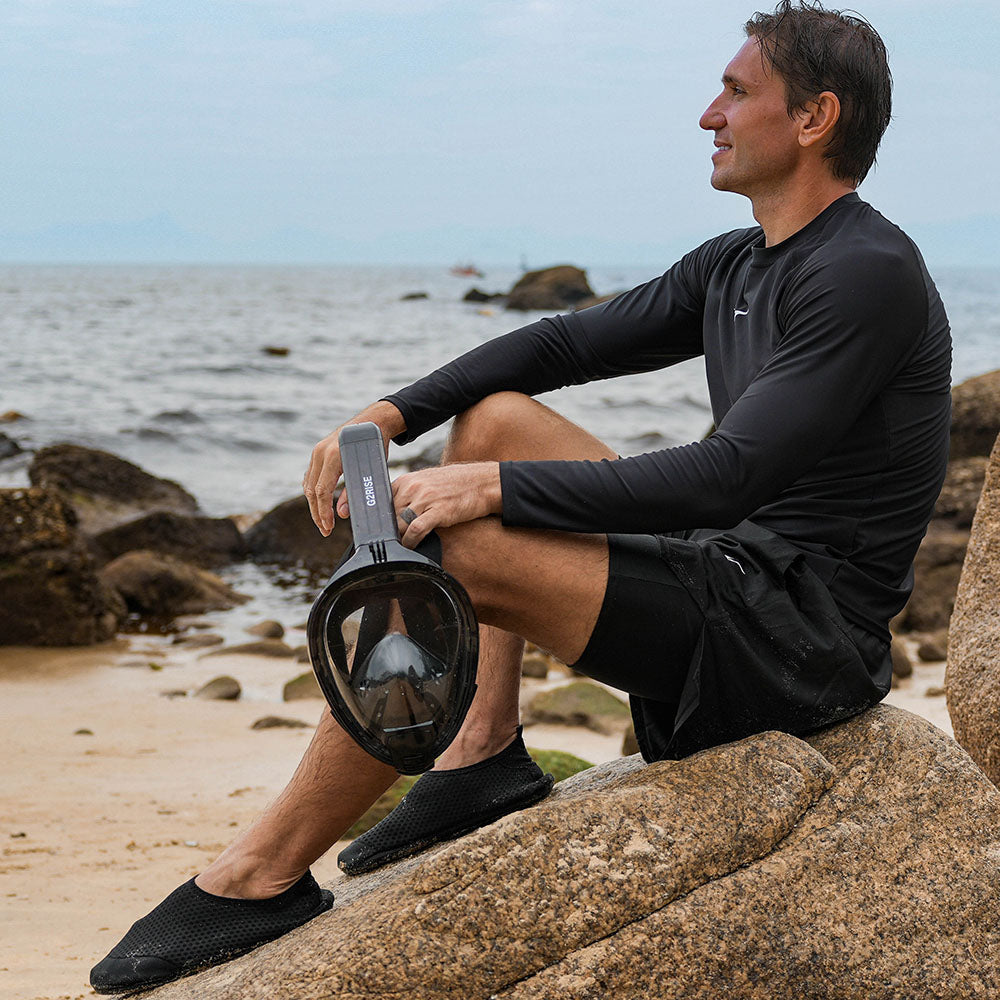
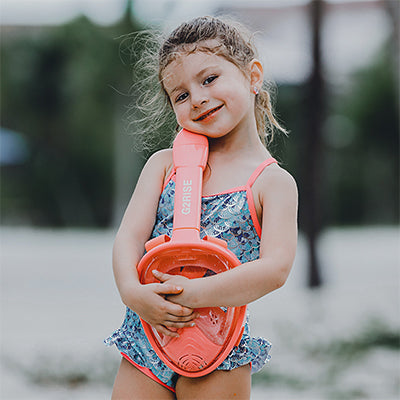
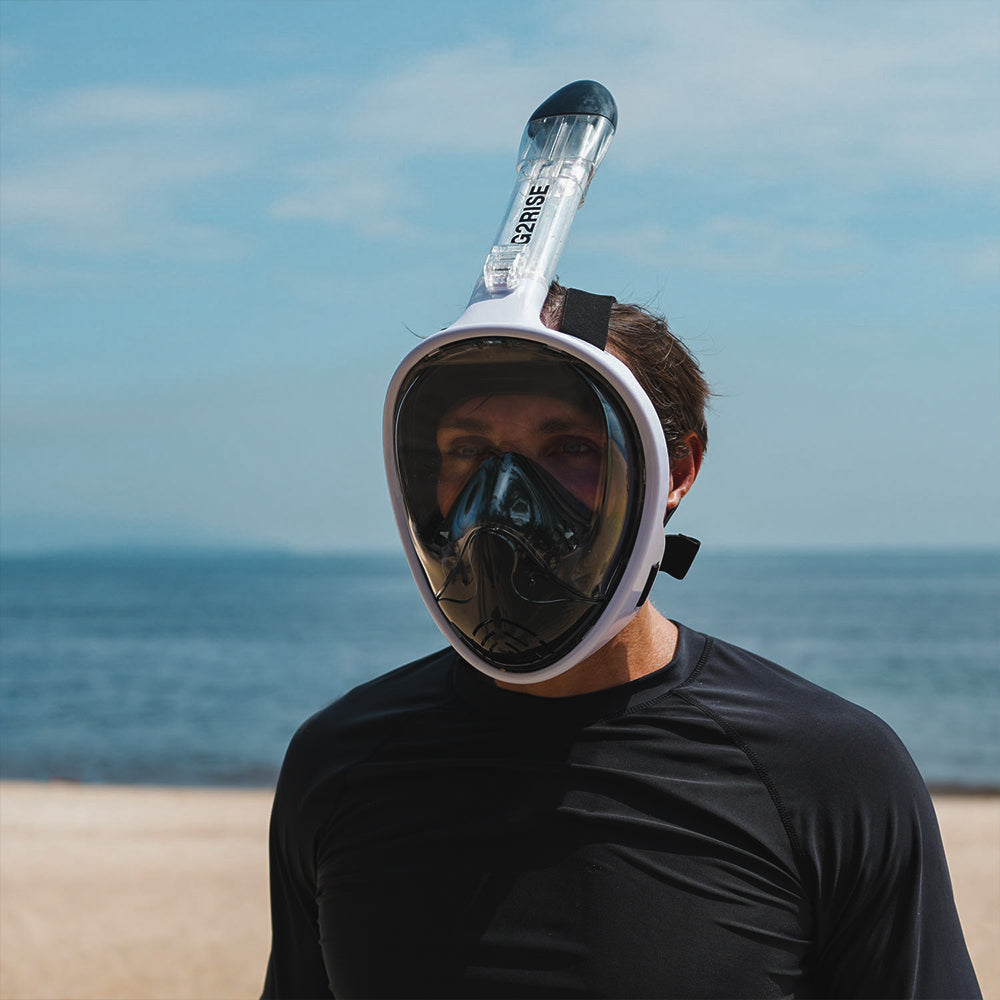
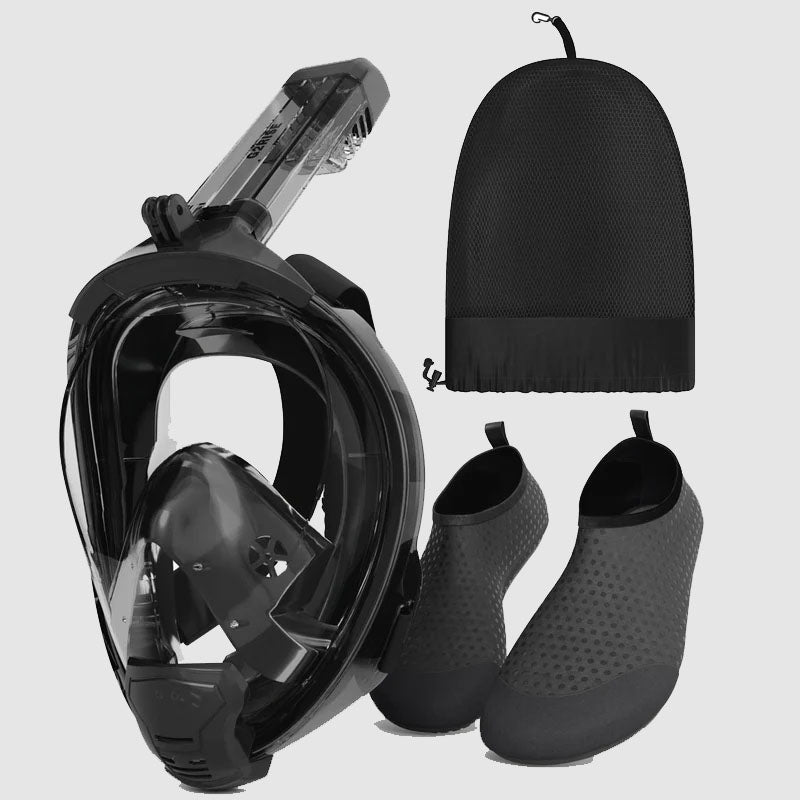

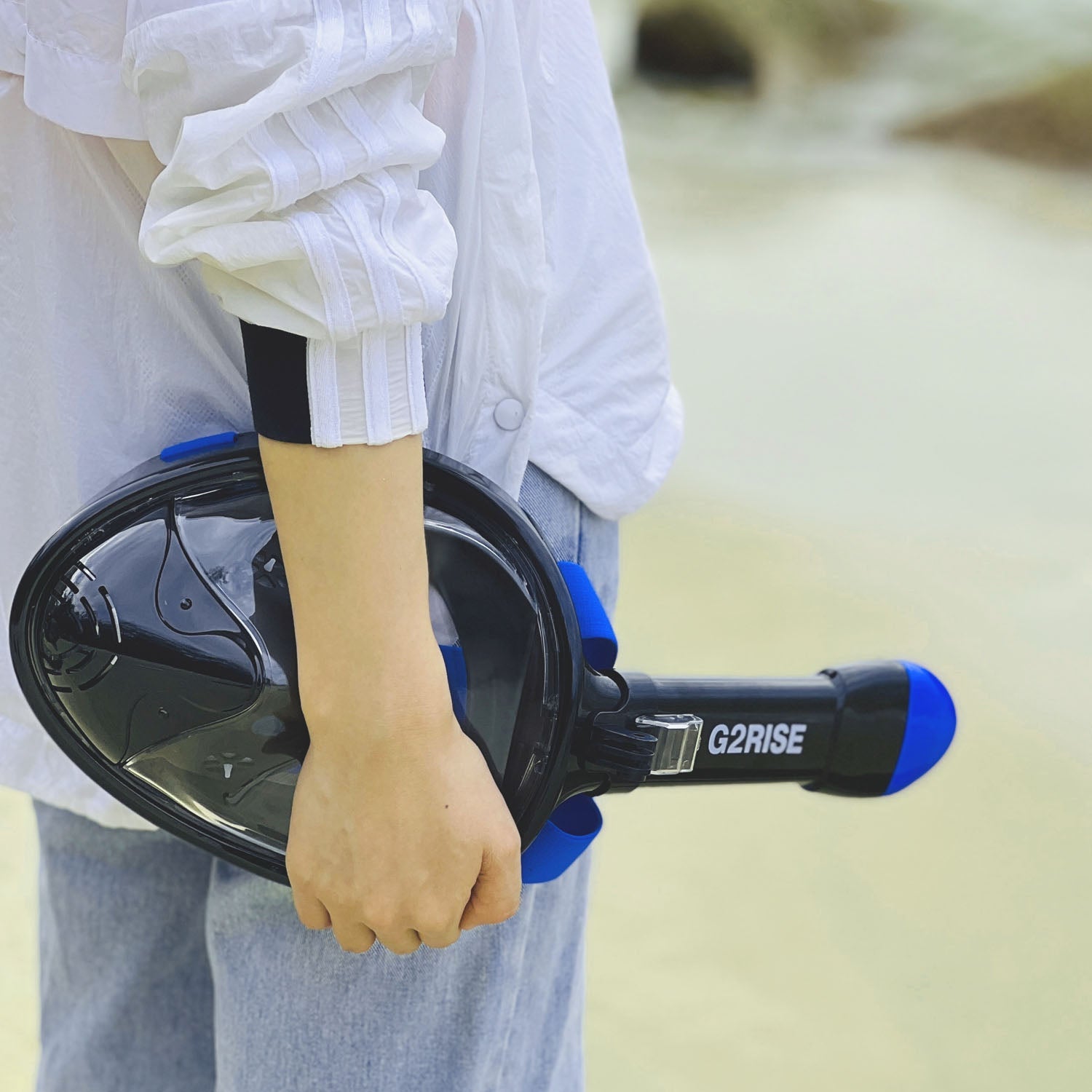

Leave a comment
This site is protected by hCaptcha and the hCaptcha Privacy Policy and Terms of Service apply.